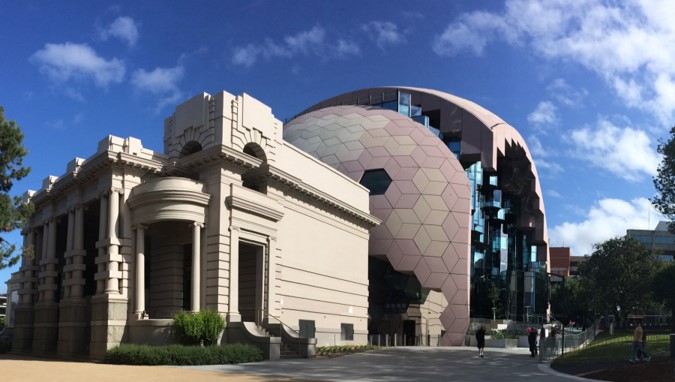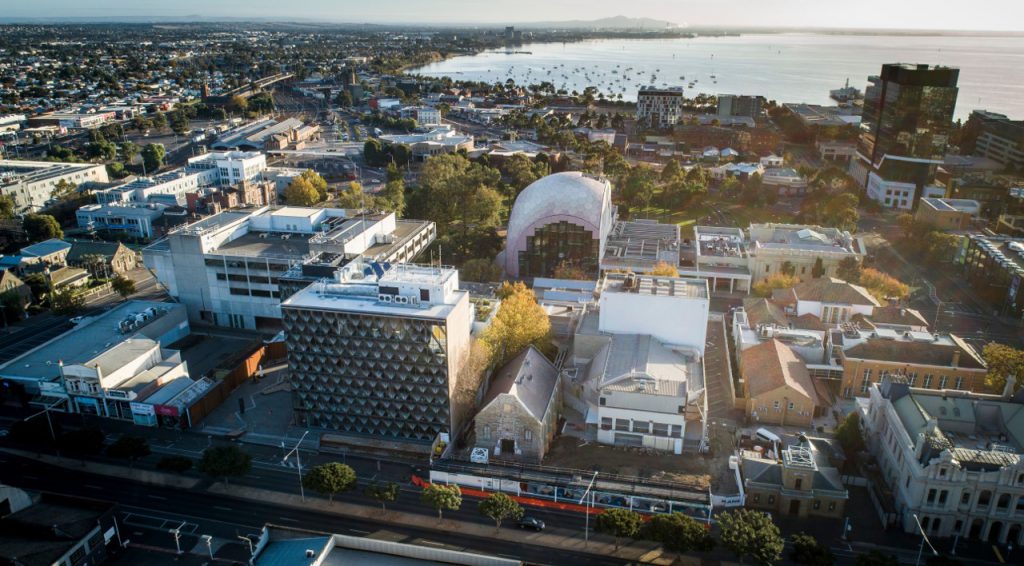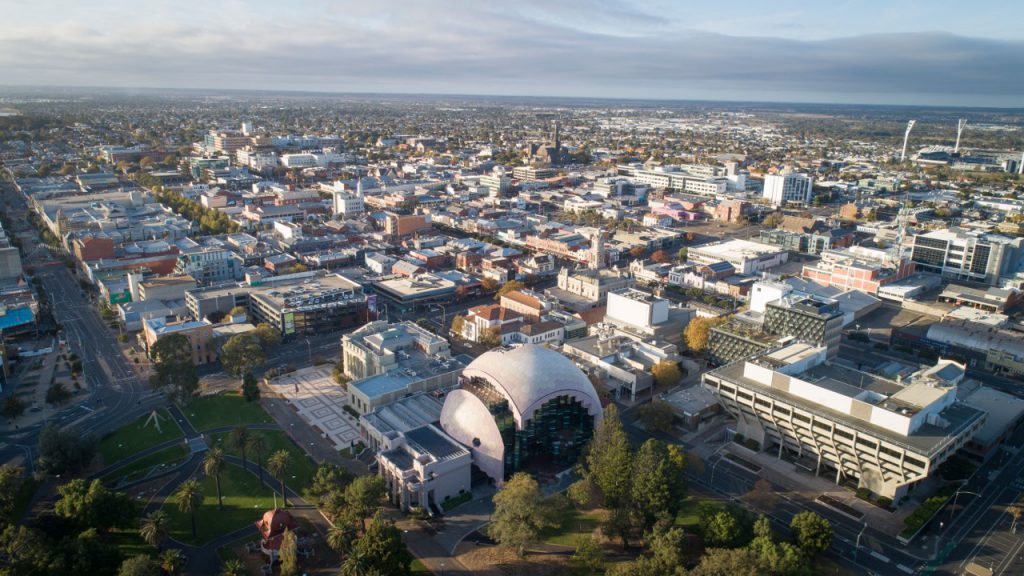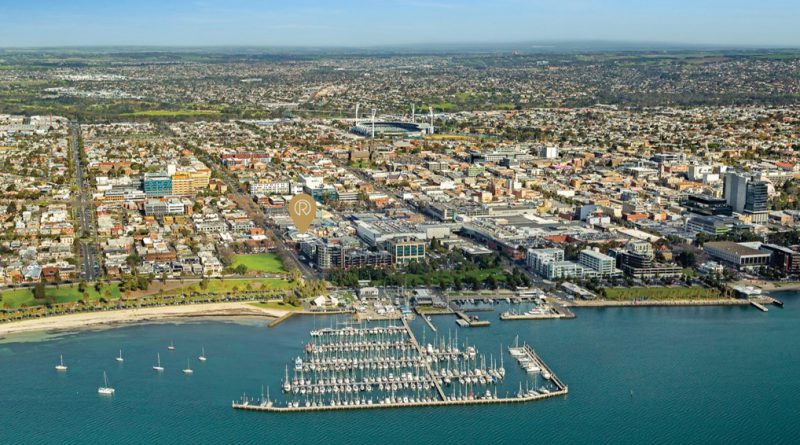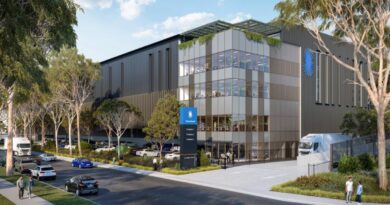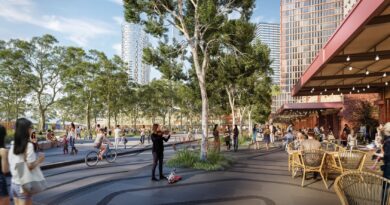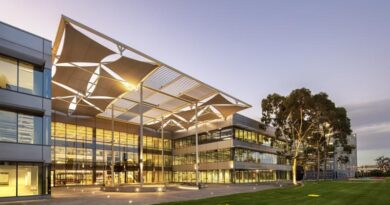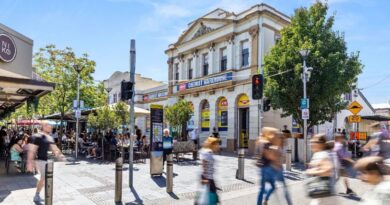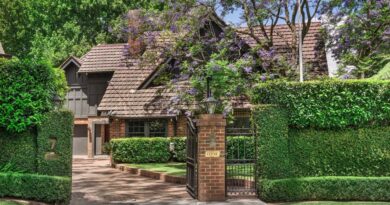Focus on Geelong: a town ending a busy year on a high
Property eras have started and ended in Geelong recently.
The highest profile local real estate news was Pelligra Group’s plan to create an industrial park out of Norlane factories acquired from Ford Australia in May.
Set up in 1926 as the car marker’s national headquarters, the sites closed in 2016, along with the Australian car making industry – a move it was feared could devastate Geelong’s economy (it didn’t).
Also out is Target, founded 92 years ago by Geelong locals George Lindsay and Alex McKenzie as a drapery store.
Last November, Target’s office headquarters was relocated to Melbourne’s western suburb of Williams Landing.
In January the company parent, Wesfarmers, sold the retailer’s former North Geelong base of more than 40 years to a residential builder, Leaf Corp.
Today we reported that the developer paid $3.4 million to buy a neighbouring parcel, creating a 4.7 hectare super-site it plans to replace it with a “substantial” project.
Not that Geelong has been short on landmark developments recently: in August, the Miramar apartment complex, which is under construction, became the region’s tallest tower.
Geelong is also readying for a residential record price – following the recent $6.1 million listing of the 24-room Newtown mansion owned by members of the Costa family.
In this end-of-year analysis of Victoria’s second biggest city, we round up some of the area’s major deals, developments, and recently released government stats.
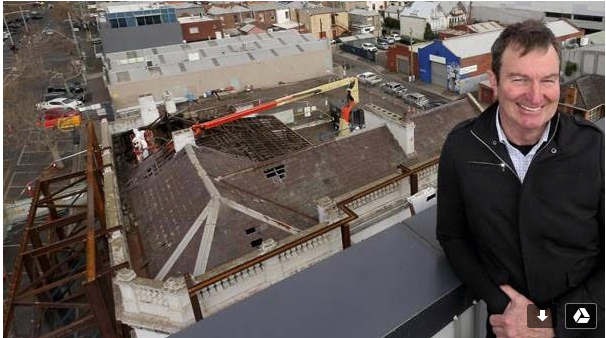
Geelong’s development report card: the good
It could be argued that Geelong, Australia’s first and only UNESCO City of Design, is just starting to take shape.
More than $4.3 billion worth of capital investment is planned or underway including the development of hotels, shops, offices and residential real estate.
In March, the federal and state government, along with the City of Greater Geelong, announced a $370 million, 10-year initiative, to revitalise the precinct and unlock the potential of the Great Ocean Road visitor economy.
Geelong – according to the council – has about five million tourists arrive annually – a number set to increase given the precinct’s Avalon Airport has recently gone global.
Avalon Airport now connects the Bellarine Peninsula to 130 destinations.
This week, we reported about billionaire businessman Paul Little launching a ferry service – The Geelong Flyer – connecting the region to Docklands.
City of Greater Geelong is readying for the local population to more than double by 2050 – master planning three new regions, most recently Armstrong Creek, and encouraging the redevelopment of infill suburban sites.
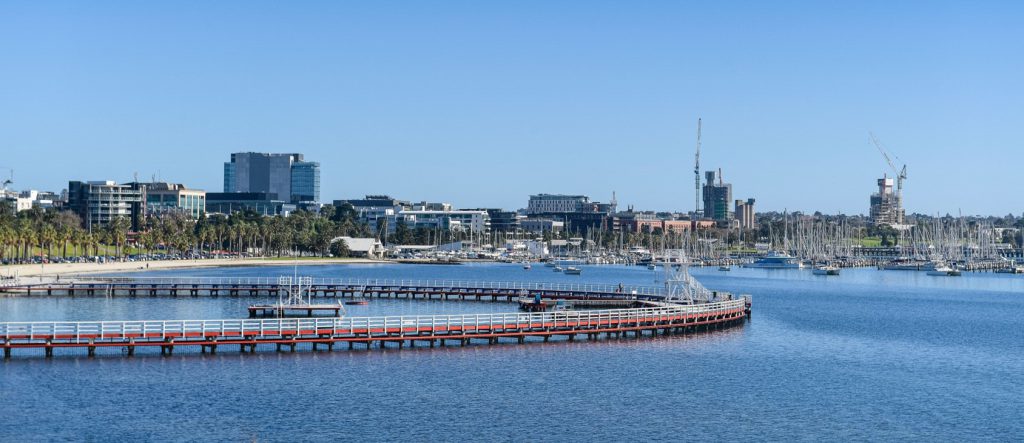
As in Melbourne, planners are seeking to add density to city blocks – where a skyline of towers, rising record heights, has been taking shape over recent years.
Geelong’s tallest building – a 15-storey office – was completed last year.
It will next year officially lose its title to a 21-level residential complex, Miramar, when it opens on Cavendish Street.
In industrial circles, as well as Pelligra’s Ford factory redevelopments, the local government is working on creating a major distribution and logistics hub to exploit the area’s location near Avalon Airport – which handles freight.
The business park will also capitalise on Geelong Port, which handles about $7 billion of product per year via 600 vessels.
In 2016, Cotton On – which was established in Geelong by local businessman Neil Austin in 1991 – announced plans to build a $40 million, 35,000 square metre distribution centre, in conjunction with Linfox Group and the state government, at Avalon.
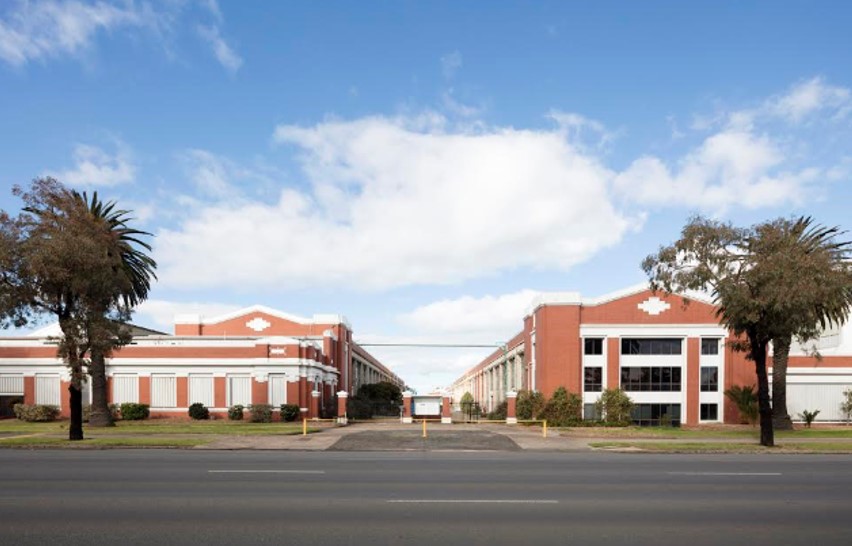
The bad
Geelong has been dealt its fair share of economic punches, for generations.
A wool trade and wine industry has come and gone.
Financial services businesses headquartered there, including Pyramid and Chartwell Enterprises, have failed spectacularly.
Ford and Target have recently quit the area.
A little further south, in Torquay, another major Geelong employer – Quiksilver – announced last year that it would relocate its national headquarters to Queensland (but it is keeping a major North Geelong distribution centre, which it recently doubled the storage capability of).
Quiksilver was established 50 years ago in Torquay.
In 2016, the former Geelong City Council was sensationally fired and replaced following the release of a report suggesting a bullying culture.
Whether it was from the work of the former council, or the current one – coupled with the fact Geelong has historically been a marginal electoral seat receiving a lot of state government investment and attention – it was coincidentally at about this time that many major developers started acquiring stock and advancing plans for the building boom which is underway.
Developments under construction:
The Ritz Apartment Hotel – 10 Bellerine Street
The first new Geelong hotels in more than two decades have been unveiled this year.
The Ritz Apartment Hotel (artist’s impression, top and below), which is replacing the derelict Ritz Hotel, is the highest profile.
Adjacent to and with views over Austin Park and Eastern Beach, the nine-level complex, incorporating a three-level façade, is set to be one of Geelong’s most opulent establishments
Collective Hotel Management has signed a long-term management agreement to operate the venue, due to open in March.
The apartments – which have been strata titled and this year sold down to investors – will be the only upscale 4.5 star rated offerings in Geelong.
Interestingly, most of The Ritz Apartment Hotel’s 109 residences traded to buyers outside of the town, Whitford Newtown agent Andre Veronie said.
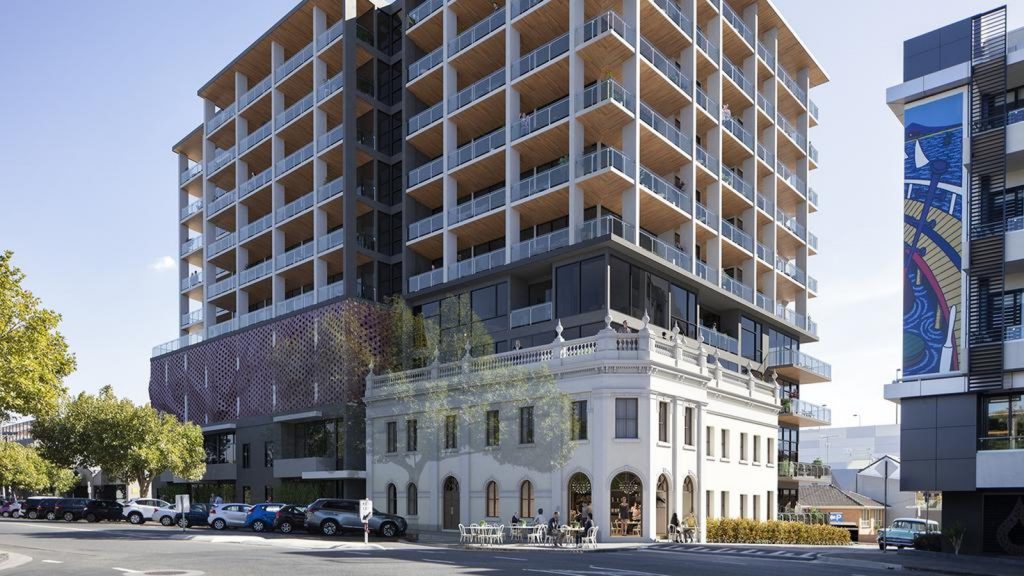
With anticipated net rental yields between 6-7 per cent, the apartments found favour with self-funded retirees looking for sustainable cash flow, the agent added.
Earlier this month, agency Darcy Jarman sold the strata-titled ground floor retail component of The Ritz Apartment Hotel: also leased to Collective Hotels Management, and set to return starting annual rent of $59,000, it traded for $1.35 million.
The Ritz Apartment Hotel developer Phillip Petch added that the numbers for luxury hotel accommodation in Geelong are compelling, pointing to MacroPlan Dimasi research showing 1.5 million visitors stayed in Geelong overnight accommodation in 2017 – a rise on the 950,000 recorded in 2013.
Those layovers make Geelong comparable to Darwin and Hobart.
But, Mr Petch said, compared to those capitals, Geelong only has a fraction of the room stock.
“The city is changing rapidly with nearly 2500 residential dwellings approved to be built in the year to March, 2019, alone,” Mr Petch said.
“It might surprise you to know there are more professionals in Geelong than any other occupation (20.8 per cent)”, the developer said, adding “that’s higher than tradespeople and technicians”.
Geelong also has a (high) employment rate of 93.6 per cent. Almost 10 per cent of that workforce earns over $1750 per week.
New council headquarters: 137 Mercer Street
Just last month, the City of Greater Geelong announced plans to construct a multi-building and multi-level headquarters on a public car park at 137 Mercer Street (artist’s impression, below).
When this proposal was mooted late last year, council estimated the end-value to be about $91 million.
Instead, it is now projected to be worth about $200 million following design amendments including the addition of retail and public space and a second office which council will retain as an investment, and expand into as required.
Walking distance to Geelong train station, the proposed workplaces will overlook Geelong Magistrates Court, Geelong Gallery and the distinctive new Geelong Library.
Once built, the City of Greater Geelong will consolidate from seven offices throughout the city (some which it tenants, like the waterfront 100 Brougham Street, the ex-Pyramid headquarters).
Council estimates the 137 Mercer Street development will save some $2.8 million per year in office rent costs.
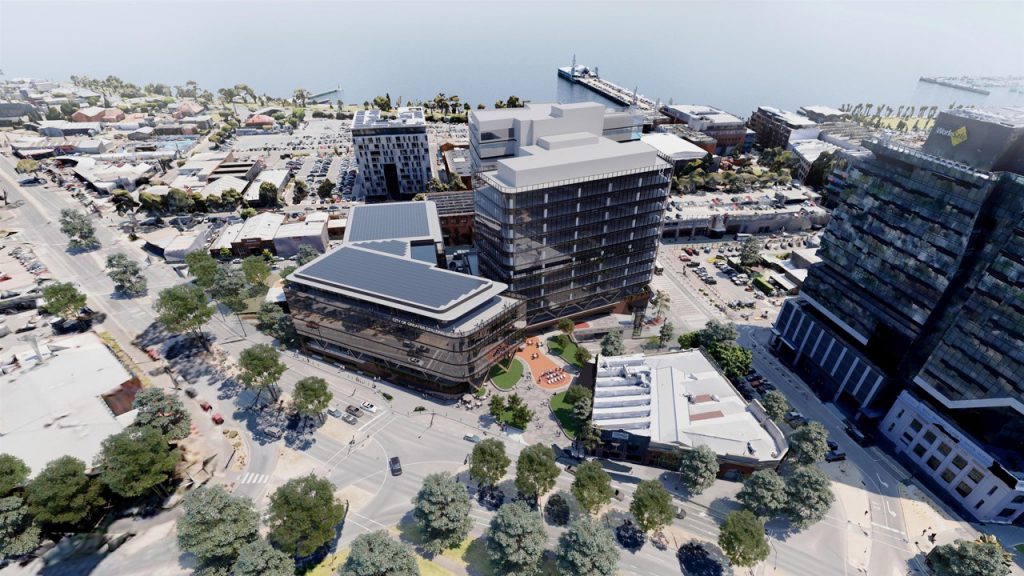
Belcher Arcade office redevelopment – 171-181 Moorabool Street
One of Geelong’s most prominent developers – Armadale based Up Property – unveiled plans in August to refurbish the rundown Belcher Arcade into a swank mid-rise office (artist’s impression, below).
Boutique Geelong offices could be considered one of Up’s specialties – it having recently completed another at 126 Little Malop Street, which was subsequently tenanted to Barwon Health and Geelong Advertiser.
At the Belcher Arcade site, 171-181 Moorabool Street, the proposed 2884 square metre building will be configured with ground floor retail, three levels of offices and a 121 sqm rooftop terrace.
Spaces will range in size from 74 sqm – about the size of a two bedroom apartment – to attract what Up considers a growing number of Geelong businesses seeking modern accommodation outside of a big tower.
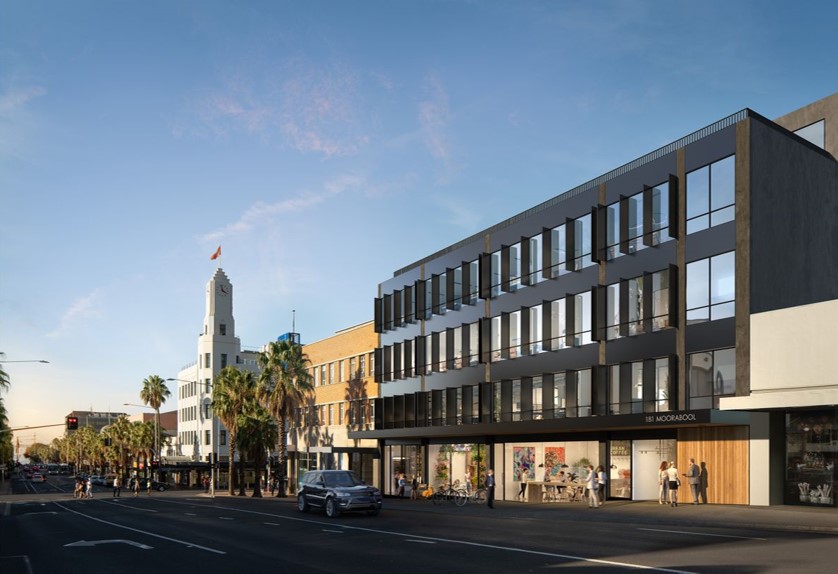
Recent real estate commitments and investments
Pelligra Group, which acquired two Norlane factories from Ford in May, plans to retrofit the buildings, creating an industrial park branded ASSEMBLY, to be retained as an investment.
Another Melbourne developer, Leaf Corporation, is proposing a “substantial” residential redevelopment at the North Geelong site which for more than 40 years accommodated Target’s office headquarters (image, below).
Leaf Corporation acquired this site, 12-14 Thompsons Road, from Wesfarmers, in January for $10.6 million. Today, the developer paid $3.4 million for a vacant tract of the neighbouring site (the Sphinx Hotel), expanding its holding to 4.7 hectares.
Leedwell Property’s Chris Parry said in the past 18 months, Geelong has seen a surge in interest from both retail occupiers and investors, for stock.
As well as selling Corio’s Geelong Gate Homemaker Centre to Perth-based Primewest for $44.25 million in August, the agent has closed four noteworthy retail lease deals this year:
- Greenlit Brands, the parent company of Freedom, Fantastic Furniture, Harris Scarfe, Plush and Snooze, announced it would open the first Victorian OMF bedding store at Geelong Gate. OMF already trades in New South Wales and Queensland;
- Bedshed also opened its first Geelong store this year – a 1000 sqm space in Waurn Ponds;
- AMX Superstores, a subsidiary of the listed Genuine Parts Company (which also controls Repco), recently leased a 1000 sqm Melbourne Road showroom vacated by Oz Designs (which also moved to Geelong Gate);
- Sydney Tools opened its first Geelong outlet, renting a 1900 sqm, also on Melbourne Road, for eight years.
In July, we reported that Industry Superannuation Property Trust was acquiring the half share of the Waurn Ponds shopping centre which it didn’t own, from Australian Unity.
This property includes about 7.6 hectares of vacant land zoned for residential development.
The Cohen family, which owns the Godfreys brand, last September sold a Melbourne Road showroom to a developer for $4.21 million.
Noteworthy industrial sales include the ASX-listed Centuria paying $22.8 million for Quiksilver’s North Geelong distribution centre.
In July, food distributor Bidfoods acquired a factory, also in North Geelong, from Cotton On directors – paying about $3 million.
Five months ago, a Melbourne-based student accommodation provider paid $5 million ($1 million more than expectation) for the Ryrie Street office which for 59-years until this year, was the Geelong Advertiser headquarters.
In March, a new $120 million, six-storey office at 43-45 Brougham Street opened as the headquarters of the National Disability Insurance Scheme.
Last year, government arm WorkSafe moved into its new national headquarters, at 1 Malop Street.
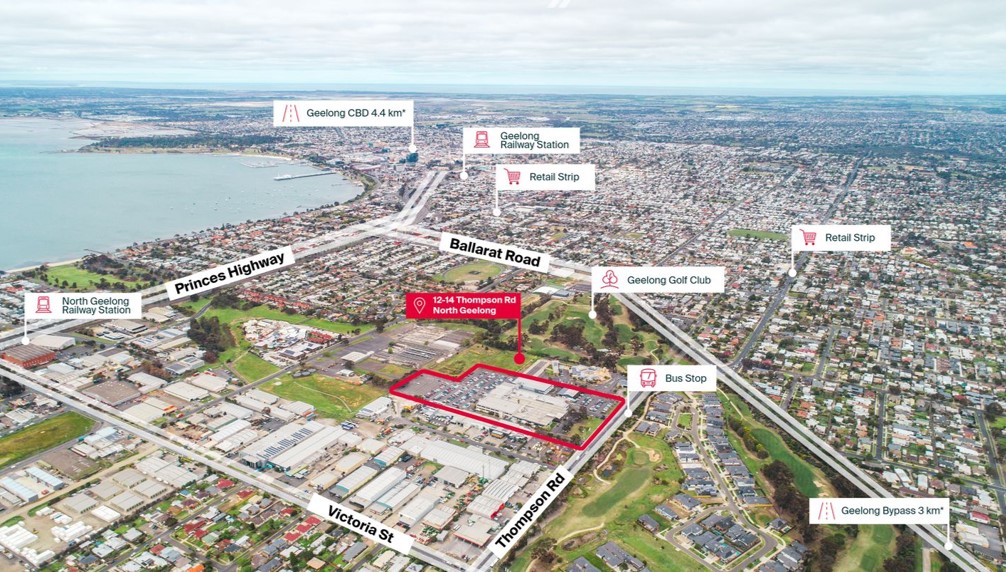
Major Geelong businesses
Occupiers headquartered in Geelong include Cotton On, Transport Accident Commission, Viva Energy Australia, Barwon Health, Godfrey Hirst, MC Herd and Workcover Authority.
Ford intends to keep a portion of its former Geelong factory for motor vehicle design and engineering functions.
A Regional Development Victoria (RDV) portal – at this link – maintains more details related to the Greater Geelong economy.
Demographic and geographic snapshot
Covering an area of 1245 square kilometres, the City of Greater Geelong accommodates about 244,000 residents within 106,149 dwellings.
The landscape famously includes coast and country backdrops – close to the You Yangs National Park.
The Melbourne CBD is about 75 kilometres north-east.
Geelong is a gateway to several major towns along the Great Ocean Road (this highway itself being a major tourist attraction employing about 11,000 people and earning revenues estimated to be $1.7 billion in 2017/18 – up 17.2 per cent on the previous year).
According to Australian Bureau of Statistics research, residential building approvals in Geelong for the 2017/18 financial year surpassed $1 billion for the first time.
The township’s population is expected to continue to surge – according to council – to about 320,000 within 20 years and 500,000 – more than twice what it is today – by 2050.
New precincts expected to absorb a large portion of this growth have been master-planned recently, in Armstrong Creek (affecting 2600 hectares of former farm land) and Lara West (which is expected to accommodate 11,000 people by 2054).
A Precinct Structure Plan for an area known in planning circles as Jetty Road, and covering growth area suburbs east of Geelong, Clifton Springs and Drysdale, was adopted in 2007, and updated in 2008.
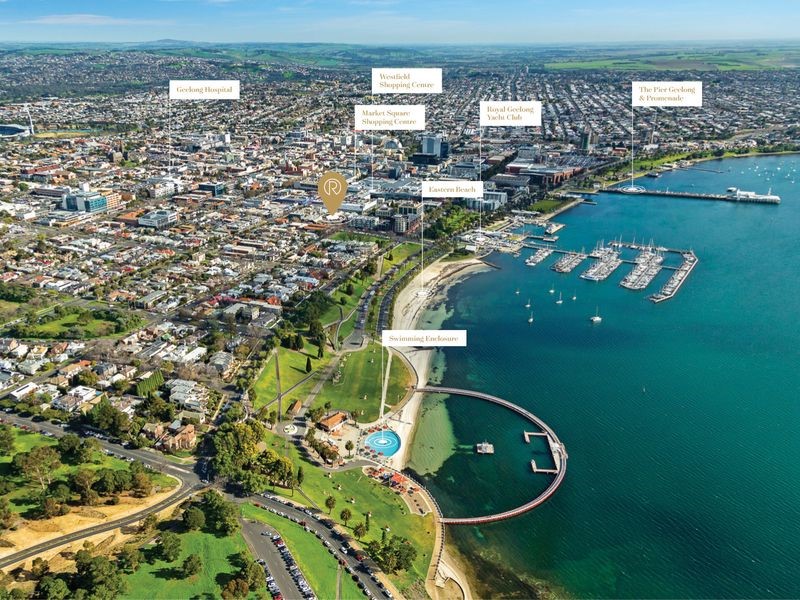
Economic fast facts
About 100,600 people are employed in the City of Greater Geelong, which in the 2017/18 financial year noted Gross Regional Product of $14.4 billion.
RDV estimates that about 15,711 businesses are based in the precinct.
Knowledge and research, health, defence, advanced manufacturing, tourism, information communications and technology, food and horticulture are the city’s major industry strengths, RDV adds.
Geelong Port, the state’s second busiest, is an accessible alternative to the Port of Melbourne, the government said, handling over $6 billion worth of exports and imports annually.
Avalon Airport, near Lara, on Geelong’s northern outskirts (and arguably also in Melbourne’s outer south-west), is Victoria’s second busiest domestic airport.
Early last year, the land owners, including billionaire businessman Lindsay Fox, confirmed plans to make Avalon Melbourne’s second international airport (unveiling its first service, to Kuala Lumpur, via Air Asia).
The City of Greater Geelong’s strategic vision includes pursuing the development of a National Transport and Logistics Precinct, RDV said.
